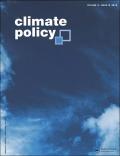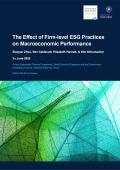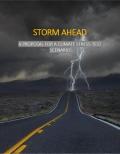
This article provides insight into how mitigation plans of countries such as UK and Sweden can fall short of the Paris Agreement

This paper investigates the linkages between the adoption of environmental, social and governance (ESG) practices in companies and the macroeconomic performance of those firms’ home countries, over the period 2002-2017.

Basic Statistics 2020 presents development indicators for 46 economies in Asia and the Pacific, including new data on economic, environmental, and social indicators used globally to track progress toward the Sustainable Development Goals.
The Guidebook provides an overview of the process needed for designing and implementing effective monitoring and evaluation (M&E) for Ecosystem-based Adaptation (EbA). It breaks this process down into four key steps that will help you develop and operationalise an M&E system for EbA, as well as effectively use and communicate M&E results.

This report provides guidelines to build an adverse climate scenario that can be used by financial supervisors as inputs into either traditional or climate-specific stress-tests of regulated entities. The report has been designed to cover the key metrics and indicators found in traditional stress-tests, integrating both risks associated with the transition to a low-carbon economy as well as physical risks in a +4°C / +6°C world. The report provides both insights into key indicators needed in the context of climate stress-tests or scenario analysis, the values they would take in the context of transition risk and physical risk analysis based on the existing literature, options for modelling these indicators moving forward, and example applications developed by the 2° Investing Initiative.
